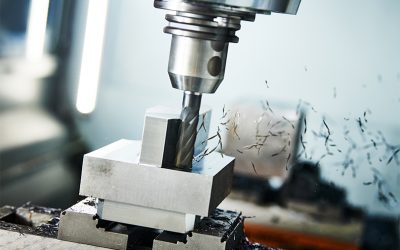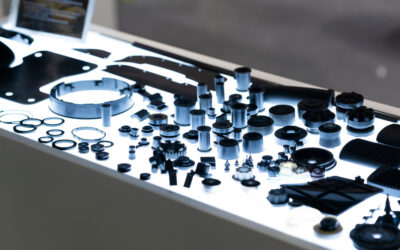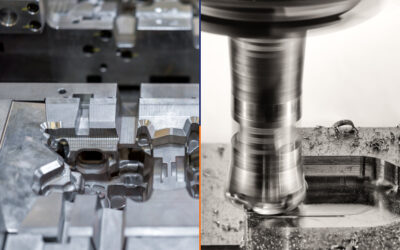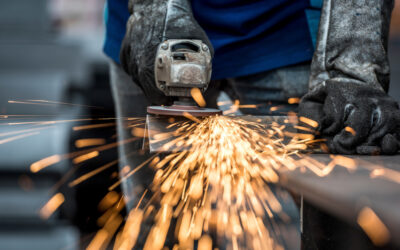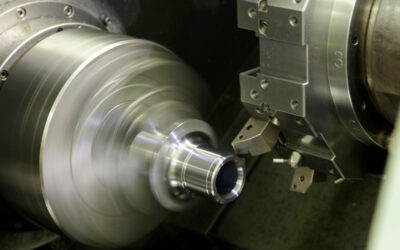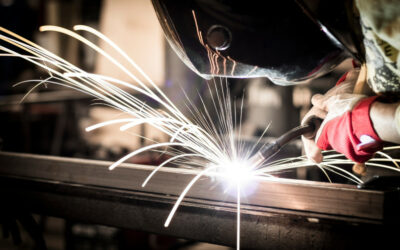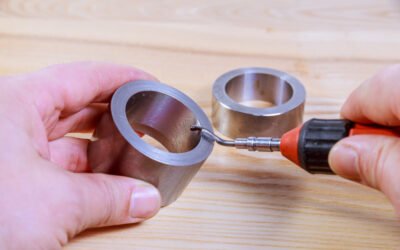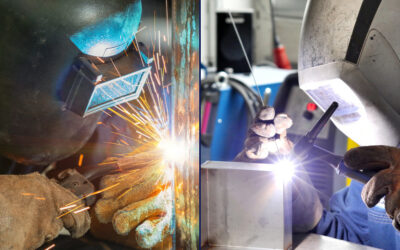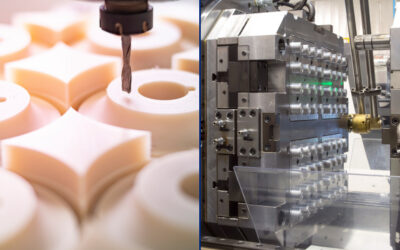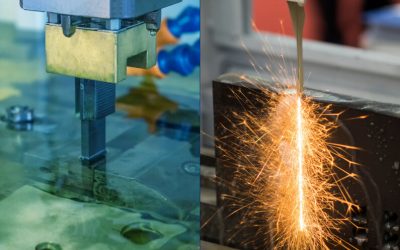CNC milling is a CNC process that involves the use of rotating cutters to remove portions of a block of material (or workpiece) till the desired custom shape (or feature) is made. It allows manufacturers to create intricate parts accurately while meeting tight...
Blog
Machined Castings: What are They, and What are Their Benefits?
The metal machining and casting processes are often portrayed as a “pick one or the other” comparison for fabricators. But as we hinted in our recent article about casting vs. machining, there are many cases where the most efficient means of production will leverage...
Casting vs. Machining: What are the Pros and Cons of Each Method?
When product designers need to manufacture a metal part, they’ll find they have a wide variety of fabrication methods to choose from. Among these, two of the most popular options are casting and machining. But how do they compare? This article provides an overview of...
What is Metal Fabrication, and Why is it Important in Modern Manufacturing?
Humans have been making tools, structures, artwork, and other products from metals for thousands of years. Ancient gold jewelry and coins and antique iron cookware are a few well-known examples. Today, however, we’re surrounded by more metal products than ever before....
What is CNC Turning? How Does It Compare to Other Processes?
Are you considering different manufacturing processes to make your part? Would you like to learn more about CNC turning to decide if it’s appropriate for your situation? CNC turning is a CNC process where a cutting tool, a typically non-rotating component of the lathe...
Weldability of Steel: How do the Different Steel Groups Compare?
Welding is one of the most common joining methods for steel, but it can be challenging, and the stakes are high. Projects with poor weldability result in issues such as cracking, distortion, and reduced strength, which compromise the quality and safety of the welded...
What is Deburring, and How Does it Improve Your Metal Parts?
Generally speaking, if you want something of a higher level of quality, you have to pay more. When fabricating metal parts, this can mean using more highly skilled labor, spending more time processing, using higher quality tools and materials, or using a more advanced...
MIG vs. TIG Welding: Tips for Choosing the Right Method
When it comes to welding, there are a variety of different methods that can be used to join metal together. The type of welding you choose will depend on the materials you work with, the thickness of the metal, and the desired results. Each type of welding has its own...
CNC Machining vs. Injection Molding: Which One is Right for You?
Each year humans produce hundreds of millions of plastic products. This adaptable material can be formed into finished products using a variety of methods. Two popular methods are injection molding and CNC machining, but they offer very different benefits. This...
Sinker EDM vs. Wire EDM: What is the Difference?
Machining is a key process in many industrial applications, from creating metal parts for cars and machinery to creating specialized cutting tools. This technique involves specialized tools and equipment to cut, carve, or otherwise manipulate materials at a...

